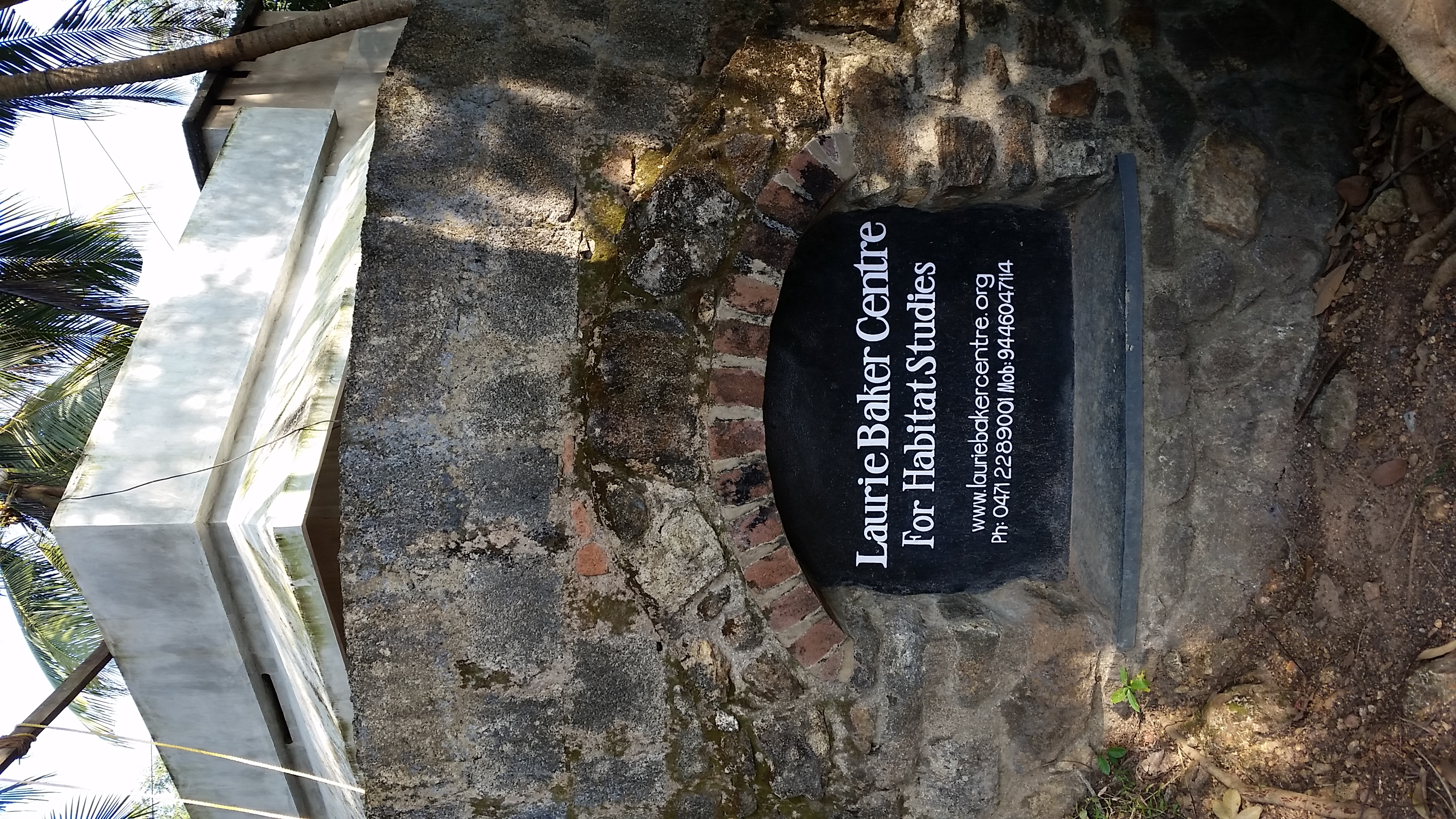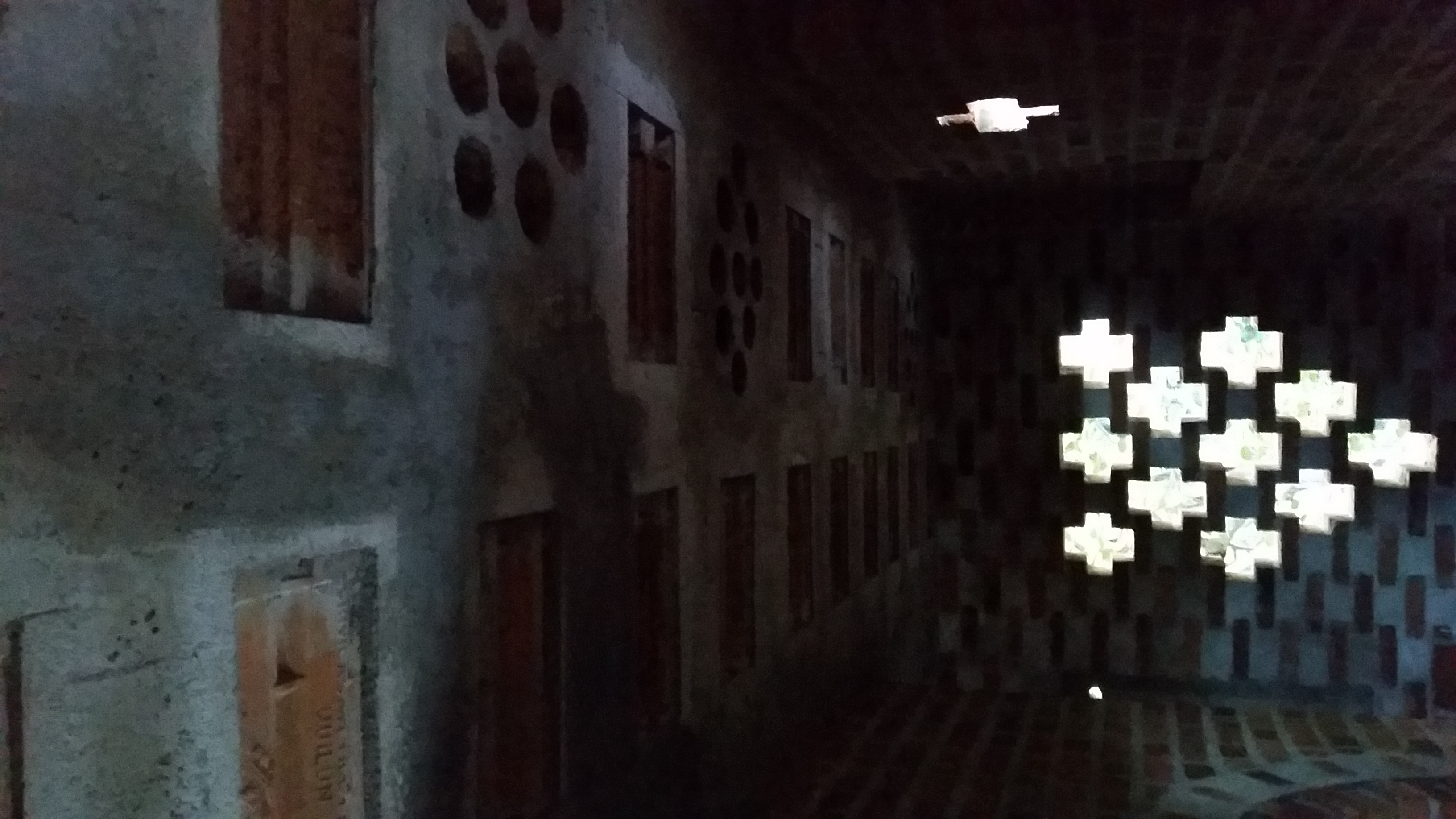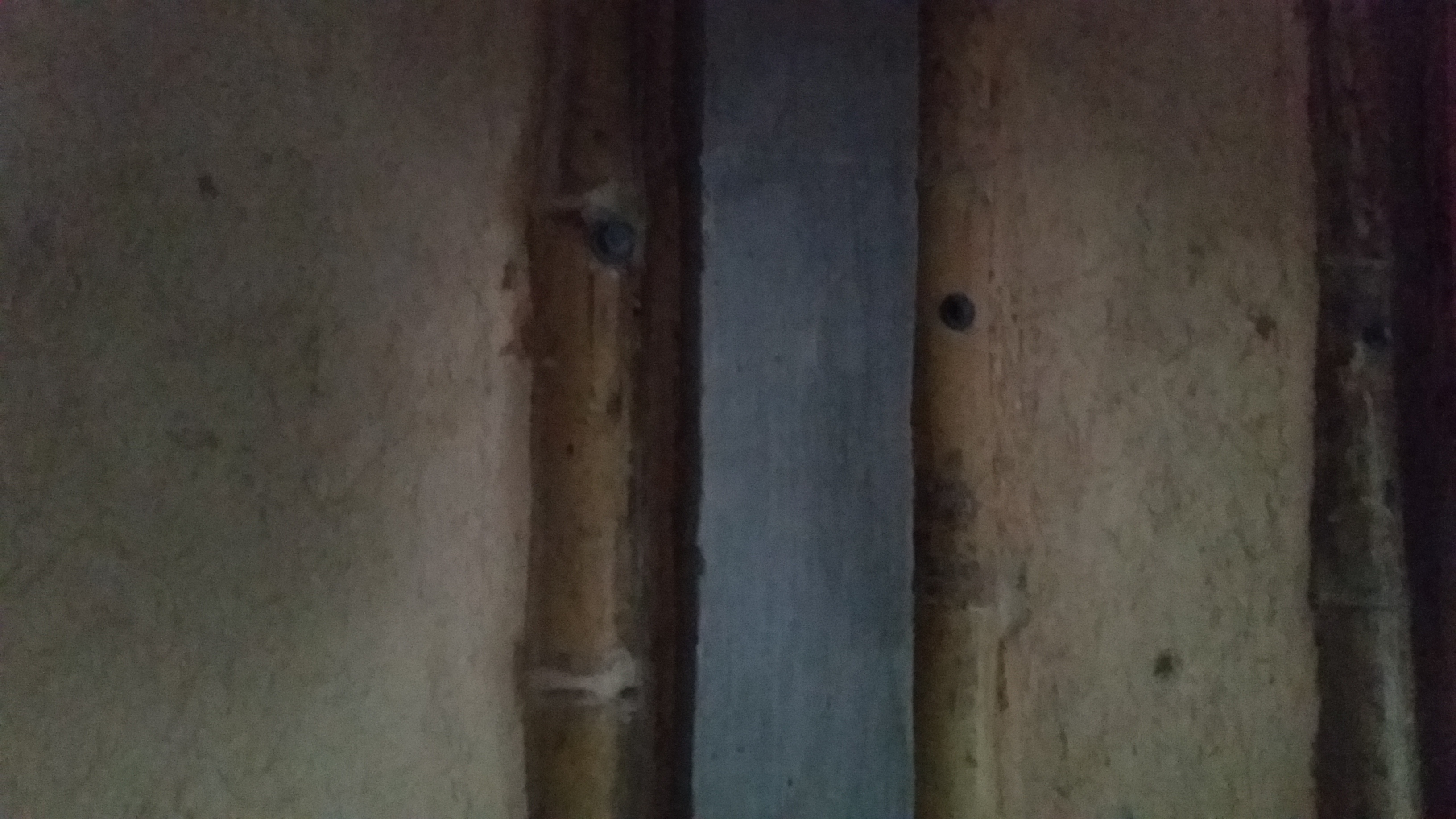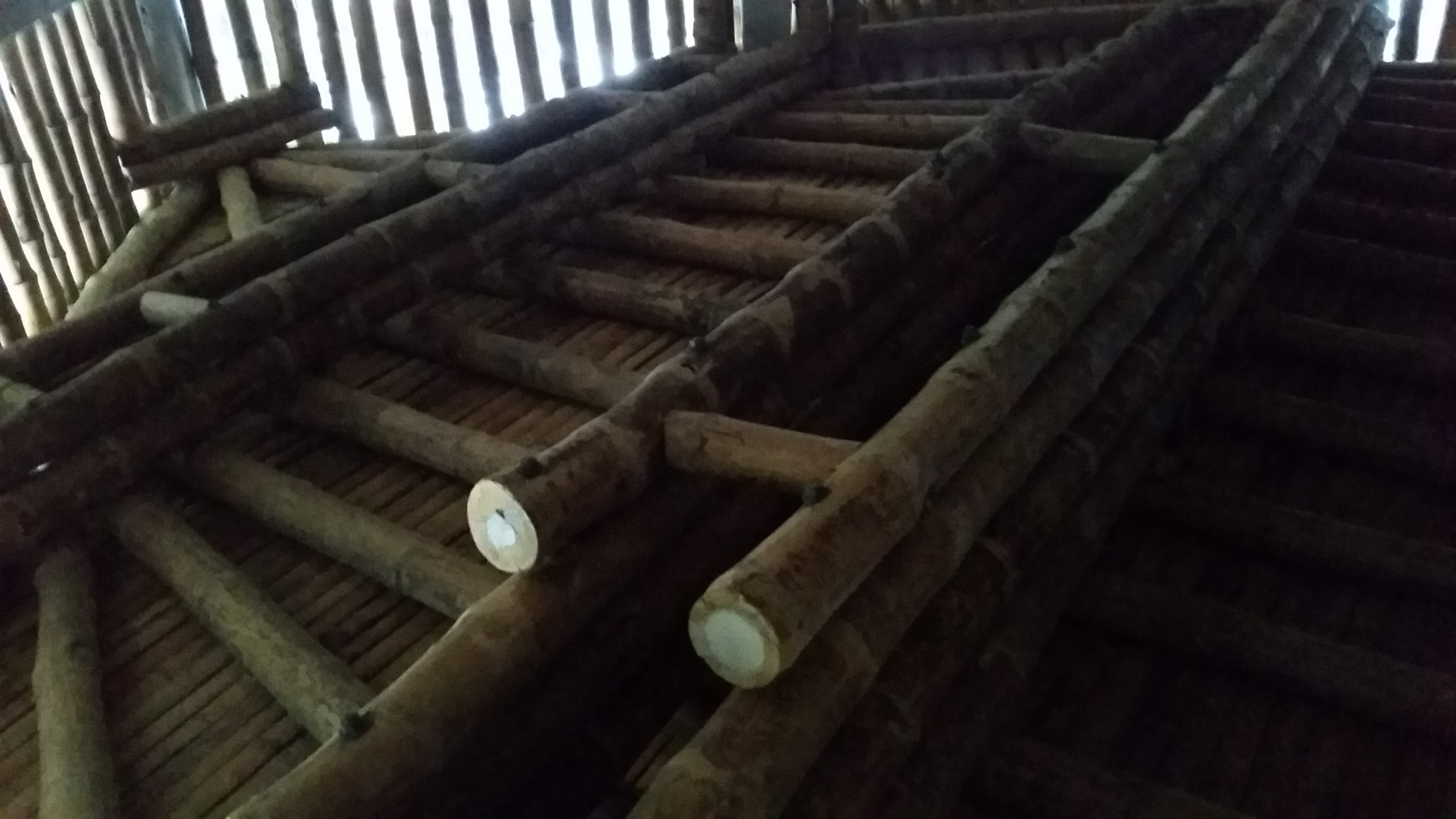Second day, but first official course session at the Laurie Baker Center for Habitat Studies. The Center is located half an hour drive away from the hotel.

Architect P. B. Sajan, one of the first ten ___, reviewed the history of Laurie Baker, the founding of the Laurie Baker Center for Habitat Studies, the development of the Center of Science and Technology for Rural Development (COSTFORD), and several noticeable projects. What I am most interested in seeing and learning more about is the JnNURM Slum Improvement projects and other projects for the Economically Weaker Section (EWS) and the low income group. Sajan shared from his personal experience with Laurie Baker on not harming snakes, resulting in the memorable phrase from Baker that “all flora and fauna have equal rights”. The rhetorical question raised was can the world do without snakes? From his story, interested in learning about Indian perceptions of nature and whether civility is viewed as the conquest of nature.
Second guest lecture was from Professor K. P. Kannan, the ___ of the Laurie Baker Center for Habitat Studies. He went through the four transitions that Kerala had undergone. The first being the demographic transition, the relieving of population pressures from improvements in public health, reduced death rate, and better family planning. The second being the health transition,the shift from epidemiological public health issues to lifestyle induced challenges. The third being the educational transition, the movement from quantity of education in enrolling students to quality of education, especially in higher education. The fourth being the societal transition, the change from a primary agrarian economy to an industrial and service society.
Professor Kannan also presented on Kerala’s challenges: loopsided growth, low industrialization, the educated unemployed, quality education, privatization of social sectors, and the decline of credibility from established political parties. The new generation in Kerala faces the challenges also from environmental degradation and continuing gender inequality and social inequality. While there has been improvements in Kerala’s social services, physical infrastructure such as city-wide drainage systems and waste treatment are still in demand.
The third guest lecture was from Professor S. Nair, “Introduction to Climate Responsive Traditional Kerala Architecture”. Main architectural features of Kerala architecture are orientation to cardinal points, 45 degrees to the wind direction, verandas, roofing materials of burnt clay tiles or coconut thatched roofs, false ceilings, gables, central courtyards, lattice windows, natural materials for walls, and vegetation. Similarities with Chinese feng shui and with western science would be interesting to further explore.
Anti-buckling building technique with cost-saving clay tiles to reduce concrete consumption.
 Coconut fibers mixed with clay for walling with concrete pillar and bamboos.
Coconut fibers mixed with clay for walling with concrete pillar and bamboos.
 Bamboo beams to support flooring.
Bamboo beams to support flooring.
